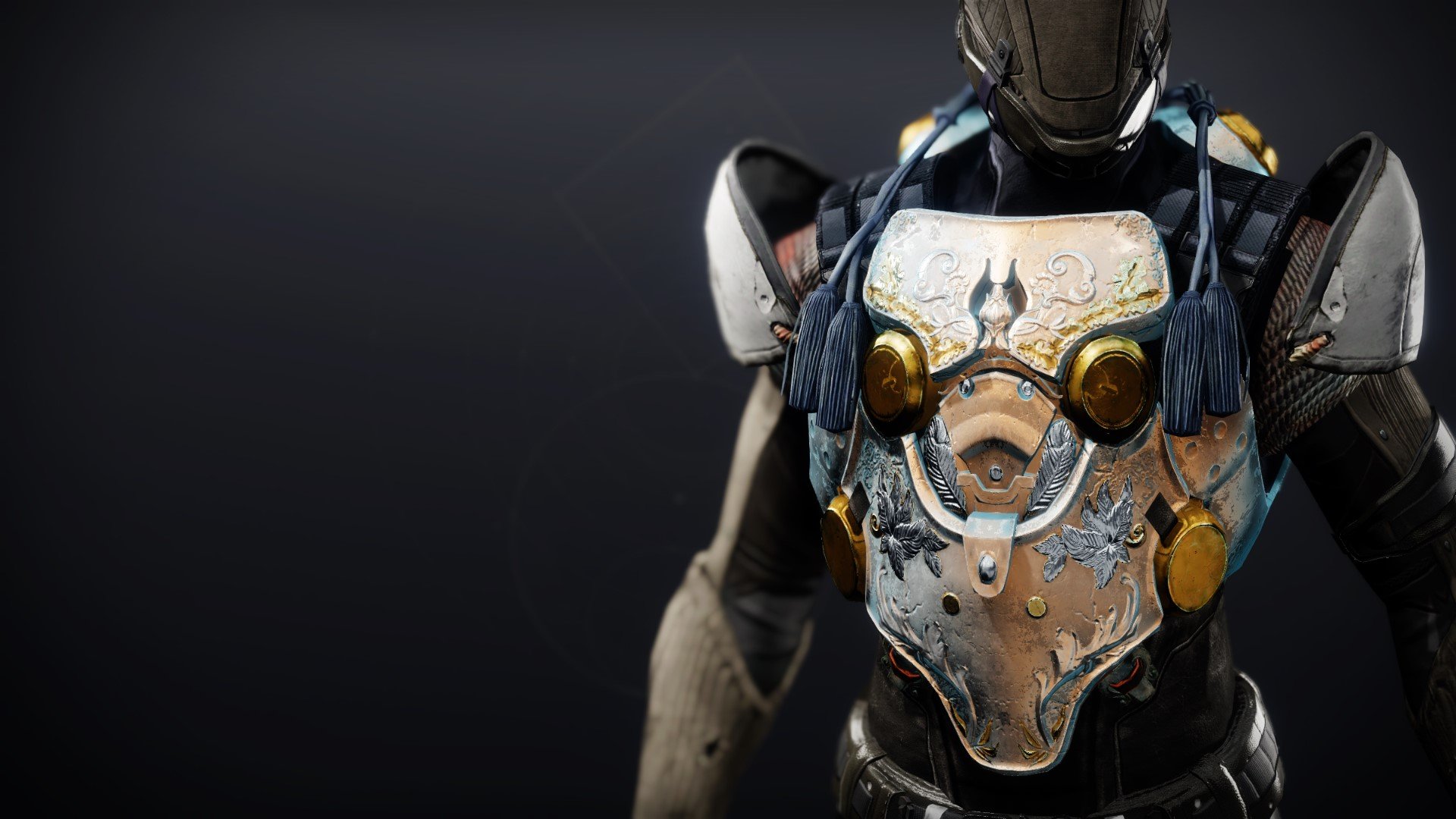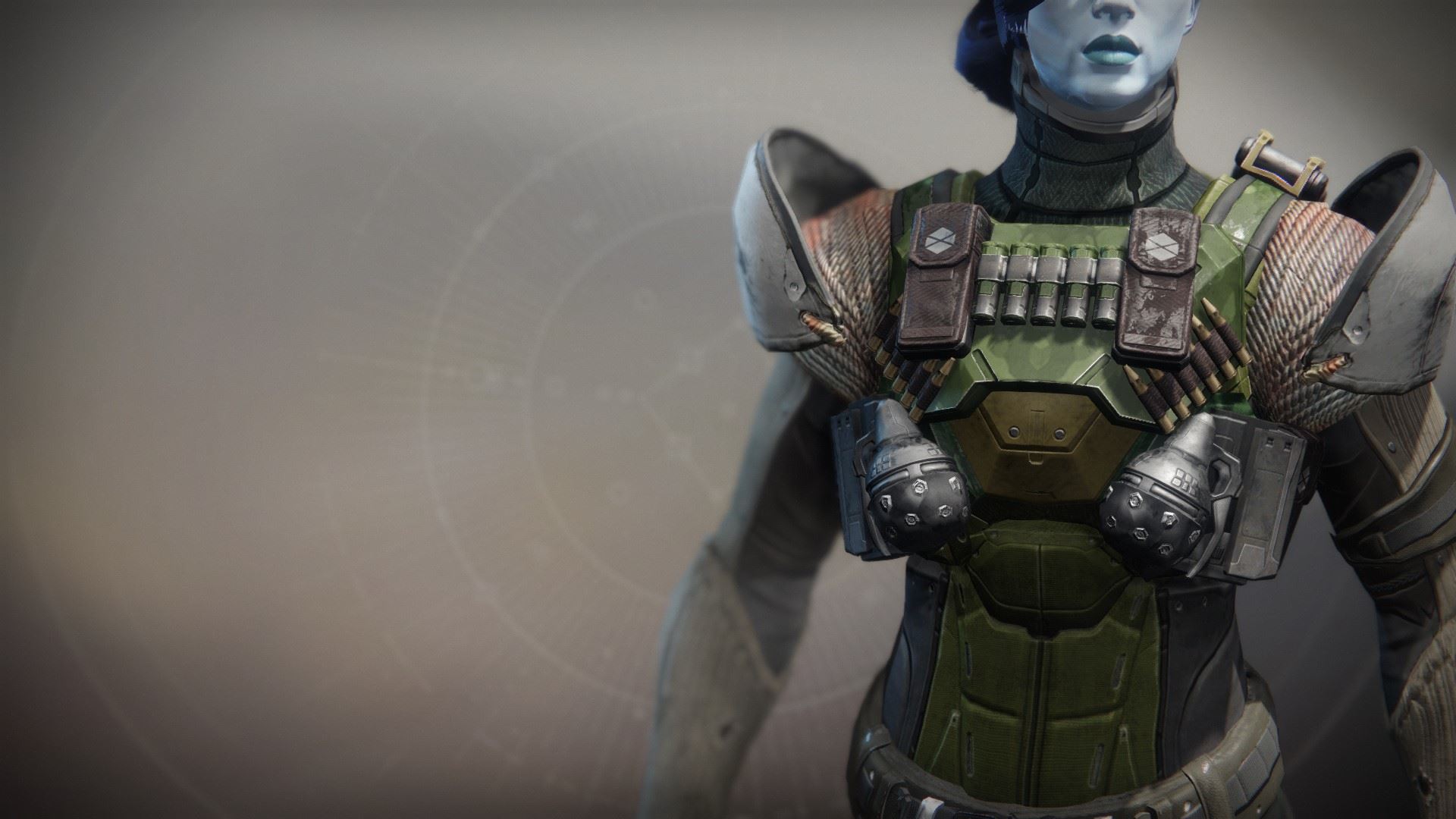Reviewing the Current Meta on How to Write About Buildcraft in ‘Destiny 2’
How ‘The Last of Us’ Became My New Obsession Overnight
January 30, 2023Everything We Know About STAR WARS JEDI: SURVIVOR
January 31, 2023Reviewing the Current Meta on How to Write About Buildcraft in ‘Destiny 2’
On January 18, 2023, Bungie updated their blog with a post that reverberated around Twitter, Reddit, Discords, and the rest of the internet as they detailed the preliminary look at the changes to buildcraft. With categorical changes across the board to how armor, mods, subclass abilities, and the looming promise of the much-requested loadout functionality all interact, there was both thunderous applause and murmurs of worry for what this meant going forward to the future.
But truly, the most difficult part to address with all of this is how this was going to impact the meta of discussing and writing about buildcraft within the Destiny 2 community. Currently, many content creators use their platform to showcase the ins and outs of specific builds. They dissect the Aspects and Fragments, complimentary mods, stats, and weapons and analyze what makes it potent and where.
These build videos tend to feature your expected buzzwords of “OVERPOWERED,” “INFINITE ABILITIES,” “INVINCIBLE,” and the fan favorite “BROKEN” each with some number of exclamation points and question marks. However, with Elemental Wells and Charge with Light mods getting consolidated into a single Armor Charge system, Well functionality getting translated into subclass specific object generation, and the Warmind Cell mod family getting sunset wholesale, developing any content covering specific builds comes with an inherent one month expiration date.
As such, during this transitional period, I wanted to cover the other ways to view buildcraft within the Destiny franchise to help ease everyone through this turbulent change.
The Fundamentals
The first and perhaps easiest way to start writing about buildcraft would of course be discussing what it means within the Destiny 2 context. In any given PvE activity, the typical Guardian is asked several questions:
- How are you going to deal with ads?
- How are you going to deal with high priority targets?
- How are you going to deal with the boss?
- How are you going to survive?
- How are you going to deal with situation specific problems?
The answers to these questions are addressed by the weapons and armor you choose to arm yourselves with, the stats you distribute, and abilities you selected. You’ll need to describe the neutral game (what you do with your melee, grenade, class ability, and weapons, you know the majority of the second to say) and also your super, which while being an ability that comes significantly less frequently is still potent enough to address a whole question but itself.

And one of the core tenants of buildcraft is the idea of trade off. A build inherently isn’t capable of answering all of these questions proportionally. A Titan running Cuirass of the Falling Star is a great way to deal with high priority targets and bosses, but inherently loses the neutral game of add-clear from say Amramentarium. A Warlock running Well of Radiance helps survivability and boss phases but needs to figure out coverage for non-boss enemies. The current meta finds Hunters picking between the sheer utility of constant invisibility uptime with Omnioculus or the constant barrage of volatile rounds with Gyrfalcon’s Hauberk.

And metas arise when a build either manages to overwhelming answer a singular question with a sheer ferociousness that can’t be argued with, or is somehow capable of addressing all five with little effort. This dynamic is what makes the current age of Destiny fascinating in how people develop solutions for different problems.
A Historical Perspective
The second method that comes to mind is writing about the historical development of buildcraft. Back in Vanilla Destiny 1, there wasn’t so much build craft as a very simple flowchart of concepts. You picked one of two subclasses, toggled a rudimentary skill grid (with some options being so overwhelming better than others that the other things in the column might as well not existed), picked your Exotic armor and weapon of choice, and fuddled with your stats. At this stage in the game, there was very little that needed anything full optimization with the exception of Vault of Glass, the first raid in Destiny and even then it wasn’t so much builds driving the endgame as it was “cobbling together what gear you could while fumbling through figuring out the meta.”
:no_upscale()/cdn.vox-cdn.com/uploads/chorus_asset/file/8569261/Kamoshida_s_Castle_Screenshot_2017_05_24_03_06_38.png)
Come Dark Below, the PvE meta settled into Fatebringer/Black Hammer/Gjallerhorn with some slight variations here and there (I was personally partial to Vision of Confluence myself, and I didn’t acquire Gjallerhorn until much later), but there were still no hard and fast builds. There simply wasn’t the variety to support it. Endgame PvP came to a head during House of Wolves where Trials of Osiris demanded the best of the best, but even then, it wasn’t true buildcraft. The Taken King saw the addition of new subclasses and artifacts, but their grids were quickly solved and the artifacts’ effects were minimally impactful. Rise of Iron managed to give some meaningful choice with a set of 8 new artifacts with actual changes to gameplay, but these were more passing curios than anything else.
Vanilla Destiny 2 attempted to head off the “strictly better” grid system with a streamlined diamond system that players ended up absolutely detesting as they felt that the reduced choice was insultingly simple (even though the end result wasn’t too far off from its predecessors’ practical implementation) and the changes to a double primary loadout with a single slot comprising several different weapon types of drastically different parity didn’t help reception. Forsaken’s introduction of new supers and a third node helped alleviated it, as well as the revamping of the weapon system to allow for more choices in weapons now allowing for the standard primary/special/heavy loadout from D1, the D2 standard of double primary, and the new capabilities double specials.

However, buildcraft didn’t come into full force until the year of Shadowkeep. The introduction of champions required specific weapons to address, and this also came with the modern version of the artifact system allowing for power mods the impacted the second-to-second game play. But Season of Dawn is where buildcraft finally came into play with the first iteration of Charge with Light system. With the ability to customs ways to generate and then spend stacks of Charge with Light, Dawn was the first time in the game where there weren’t default decisions to be made. One could actually build into certain playstyle and be specifically rewarded for it, a trend that would continue with the super insular Warmind Cells mechanic and the second wave of Charge with Light mods in Arrivals.
Beyond Light introduced the exceedingly modular Stasis subclass, a system that proved so popular that it would eventually lead to the Light 3.0s swtiching to the system entirely come Witch Queen, and the Well mods which had a tepid start, but as more were introduced, they became an established part of the meta.

The planned changes to Lightfall represent a drastic paradigm shift and show that Bungie is trying to make buildcraft a large part of the game’s fabric going forward. The piecemeal methodology of how we got here is all coalescing.
Case Studies Over Number Crunch
But let’s say you’re not into long-drawn historical spiels. The technical breakdown is closely related to individual build that is fallen out of meta, but again it’s not sensible to go over exact numbers of permutations and combinations or synergies, given that everything is subject to upcoming change. You could delve into the specific case study. Buildcraft as a sign of power creep or community stagnation. You could draw parallels with the mass usage of the Lorely Splendor helm, Starfire Protocol chest piece, or Gyrfalcon’s Haubrek’s chest as a sign that players will always gravitate to the strongest items.
You could also look at something like Heart of Inmost Light, where SOME PLAYERS have been advocating it as the best neutral game exotic for Titans since the Forsaken era, but how no one ever used it because the neutral game was never valued as much. However, the introduction of Stasis and subsequent revitalization of the Light 3.0s caused a mass shift where the neutral game was heavily valued, and now everyone is wearing your exotic and you tried using other exotics, but the chest piece hasn’t left your inventory in years, and you’d be damned if you let it’s mass popularization from every single YouTuber stop you. Sure, the common guardian might think you’re just a carbon copy of the latest trend, but you know deep down that you were right about the potency of the exotic all along and will likely commit to using it long after its inevitable nerf (even if they somehow keep nerfing individual abilities instead).
Case studies provide a unique intersection of fundamentals and history. By analyzing what made a build strong at its peak and what caused it’s rise, you get to bypass the trapping of a build that’s going to be outdated in months, while also managing to help your audience with the understanding of builds.
The “Tabula Rasa” Mentality
The final potential meta-defining way to write about buildcraft is the philosophical implications of the blank slate. Lightfall marks a blank slate. New Lights and Old Wolves alike are going to be exposed to this new world order at the same time. While enfranchised players will inherently have more experience with the systems, by wholesale changes and outright removal of certain pieces mean that old knowledge isn’t intrinsically valuable.
At first, Guardians will attempt to rebuild their past glorie, but after time passes and field research is completed, they will strive for new heights. They will discover new possibility, new interactions, synergies that were not even possible before the change. While there will be a race to find the next broken thing, the sheer number of choices means that each decision carries more weight and even more variation will come into the world. There will no longer be singularly correct choices (although there will certainly still be metas as is the nature of the game), but for the first months of Lightfall, it’s a laboratory with unmarked vials and environments. The chemical reaction that will occur will be magnificent, and we’ll be able to rewrite the rules of engagement.
Buildcrafting While the Plane is Still Flying
Writing about buildcraft is appropriately analogous to buildcraft itself. How to inform, what to highlight, what examples to use. It’s a fun little meta-experiment ahead of the actual experimentation I will be doing in February.
Want to get Black Nerd Problems updates sent directly to you? Sign up here! Follow us on Twitter, Facebook, Youtube, and Instagram!
The post Reviewing the Current Meta on How to Write About Buildcraft in ‘Destiny 2’ appeared first on Black Nerd Problems.
